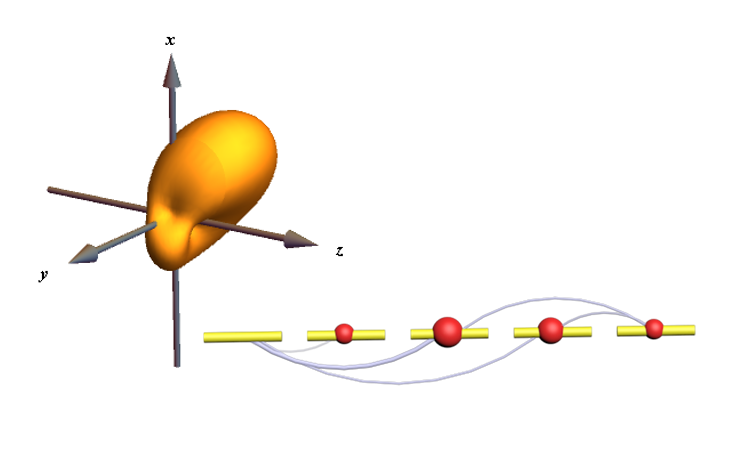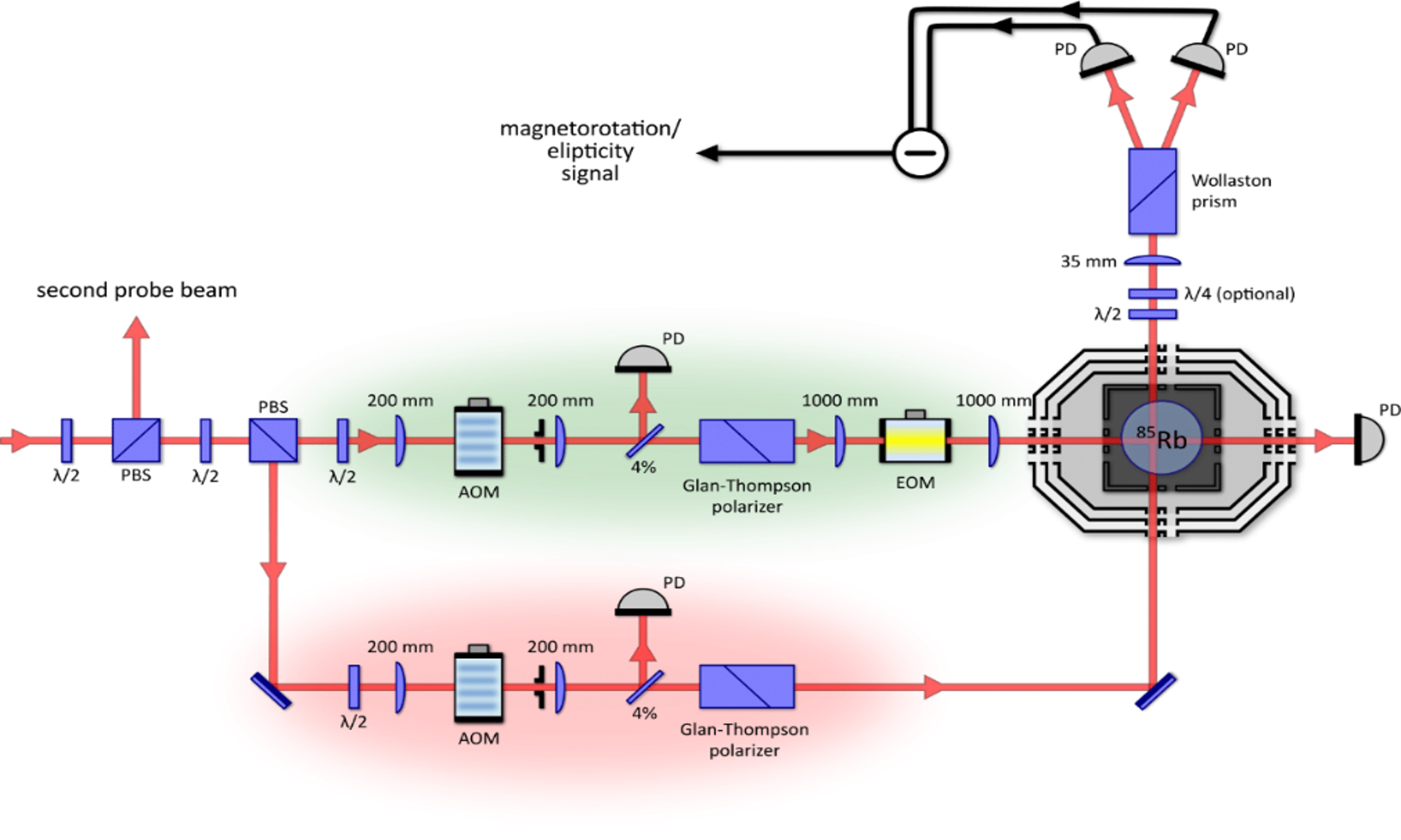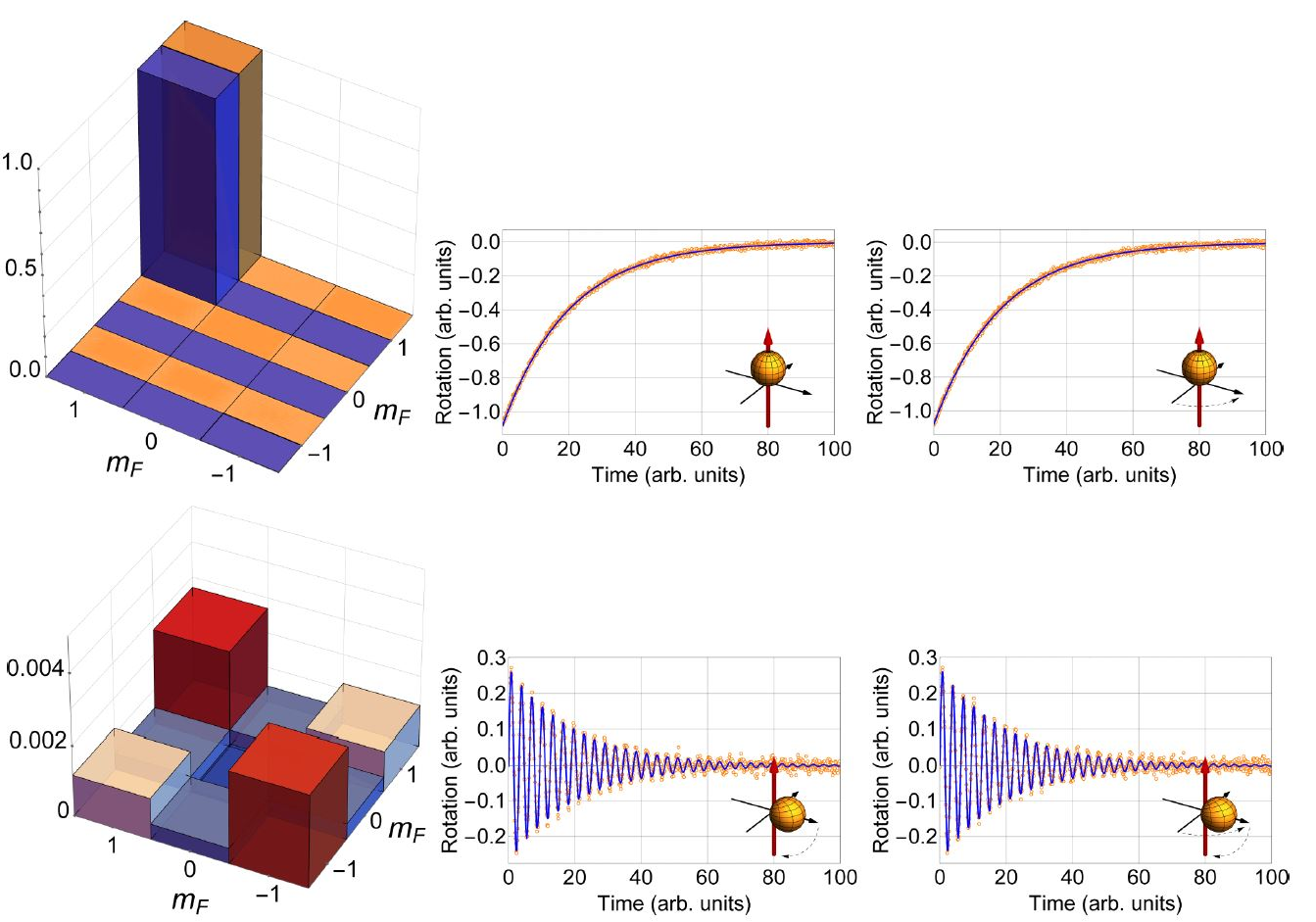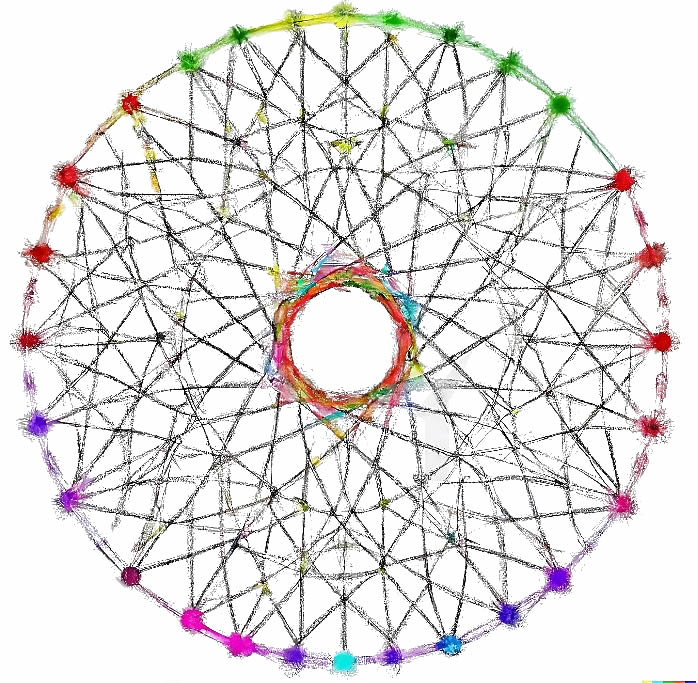SZYMON PUSTELNY
Scientist, entrepreneur, husband, and father
QUANTUM-STATE ENGINEERING
AND
QUANTUM-STATE TOMOGRAPHY
The manipulation and control of quantum states holds the key to realizing the full potential of quantum mechanics in various practical applications. Our research focuses on utilizing room-temperature atomic vapor and the interplay of light and magnetic fields to establish a robust and reliable platform for the controllable generation and detection of complex collective quantum states in atomic vapor.
INTRODUCTION
COLLECTIVE QUANTUM STATE
Alternatively to the operation with quantum states of single objects, one can consider utilization of collective quantum states of ensembles of quantum particles. The states encompass the quantum properties of each particle in the ensemble, providing a representation of the system as a whole. While collective quantum states can exhibit distinct behavior from that of individual particles, it can still remain (some) quantum properties and can be used both for research and practical applications.
From the practicalstandpoint, incorporation of a greater number of particles with the same quantum state results in enhanced experimental signals, but also enables the implementation of the so-called quantum nondemolition measurements that have a limited impact on the quantum state of the system under observation.
ROOM-TEMPERATURE ATOMIC VAPOR
QUANTUM REGISTERS

QUDITS
PHYSICAL IMPLEMENTATION OF QUDITS

HIGHER-ORDER COHERENCES
TRANSFERING WHOLE QUANTUM STATE

QUANTUM-STATE TOMOGRAPHY
The critical aspect of quantum information science is the ability to accurately reconstruct a quantum state. State tomography not only enables retrieval of information stored within a system, but also serves as a means of evaluating information manipulation protocols.
In our study, which utilizes a room-temperature rubidium vapor, full state tomography is achieved through quantum non-demolition measurements using light. By measuring the polarization of light traversing through the medium whose collective quantum state is being determined, we are able to reconstruct the quantum state of the medium. Unlike other approaches, our method takes into account the full light-atom interaction, including the tensorial contribution to the light-atom interaction. This approach allowed us to reconstruct the quantum state of the hyperfine level of total angular momentum equal to unity. As shown with our theoretical analysis, the technique is highly robust against noise and experimental uncertainties, leading to very high fidelity reconstructions. This represents a significant step forward in our ability to extract and utilize quantum information for a wide range of applications, making this a truly exciting and cutting-edge area of research.
TEST OF QUANTUMNESS
Our research also focuses on testing atomic-vapor contextuality. In quantum mechanics, contextuality refers to the idea that the outcome of a quantum measurement depends not only on the system being observed, but also on the set of observables that are being measured simultaneously. We test the property by examining the correlations between particle spins within a room-temperature atomic vapor.
We are also testing genealized Bell inequalities for qudits, which provide evidence of non-locality. From the theoretical standpoint, qudits are expected to be more resilient to noise compared to other systems. However, such claims are typically based on a specific noise model. With our research we test the inequalities under a more realistic conditions. The high accuracy of the quantum state reconstructions allows us to analyze this key quantum property of physical systems.

Selected publications
Scientific articles:.
- M. Piotrak, M. Kopciuch, A. D. Fard, M. Smolis, and S. Pustelny, and K. Korzekwa, Perfect quantum protractor, Quantum 8, 1-8 (2024). – Full text
M. Kopciuch, M. Smolis, A. Miranowicz, and S. Pustelny, Optimized optical tomography of quantum states of a room-temperature atomic-metal vapor, Physical Review A 109, 032402 (2024) – Preprint
A. Sierant, M. Kopciuch, and S. Pustelny, Tailoring population transfer between two hyperfine ground state of 87Rb, Physical Review A 107. 052810 (2023) – Preprint
- M. Kopciuch and S. Pustelny, Optical reconstruction of the collective density matrix of a qutrit, Physical Review A 106, 022406 (2022) – Preprint
- A. Sierant, M. Kopciuch, and S. Pustelny, Tailoring population transfer between two hyperfine ground states of Rb87 – Preprint